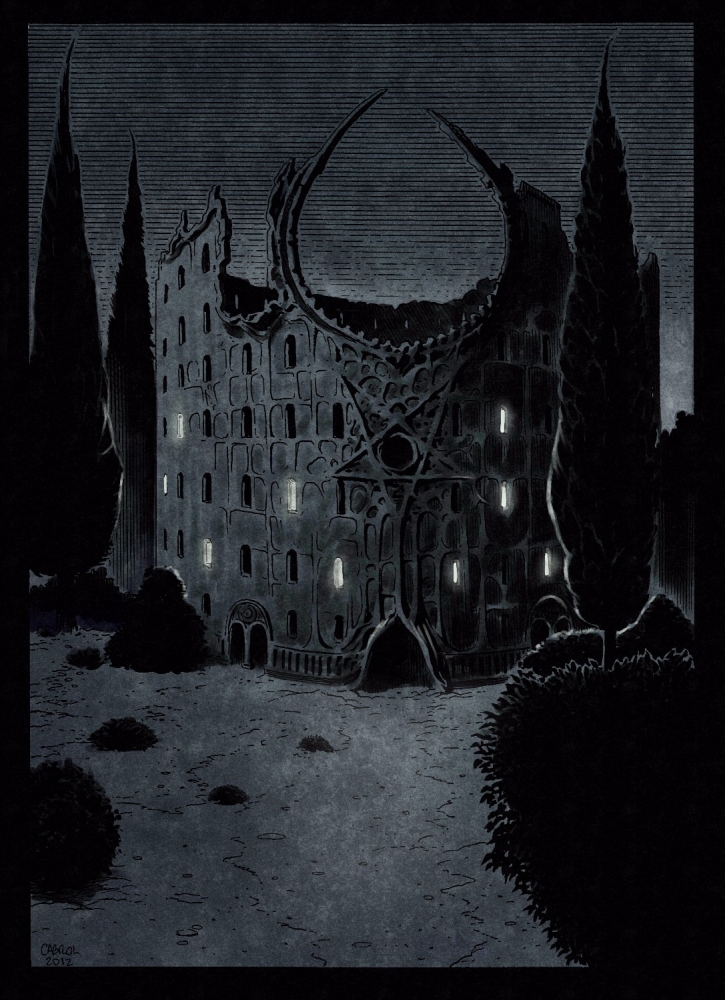
William Hope Hodgson (1877-1918) was an English author. Starting from this premise, Hodgson wrote a novel describing a time, millions of years in the future, when the Sun has gone dark.

When the book was written, the nature of the energy source that powers stars was not known: Lord Kelvin had published calculations based on the hypothesis that the energy came from the gravitational collapse of the gas cloud that had formed the sun and found that this mechanism gave the Sun a lifetime of only a few tens of million of years. Only a great poet could have conceived and written this story and it is perhaps not illegitimate to wonder how much of actual prophecy may have been mingled with the poesy." Whatever faults this book may possess, however inordinate its length may seem, it impresses the reader as being the ultimate saga of a perishing cosmos, the last epic of a world beleaguered by eternal night and by the unvisageable spawn of darkness. Clark Ashton Smith wrote of it that "In all literature, there are few works so sheerly remarkable, so purely creative, as The Night Land. Lovecraft's essay "Supernatural Horror in Literature" describes the novel as "one of the most potent pieces of macabre imagination ever written". The importance of The Night Land was recognised by its later revival in paperback by Ballantine Books, which republished the work in two parts as the 49th and 50th volumes of its celebrated Ballantine Adult Fantasy series in July 1972.

As a work of fantasy it belongs to the Dying Earth subgenre. The Night Land is a classic horror novel by William Hope Hodgson, first published in 1912.


 0 kommentar(er)
0 kommentar(er)
